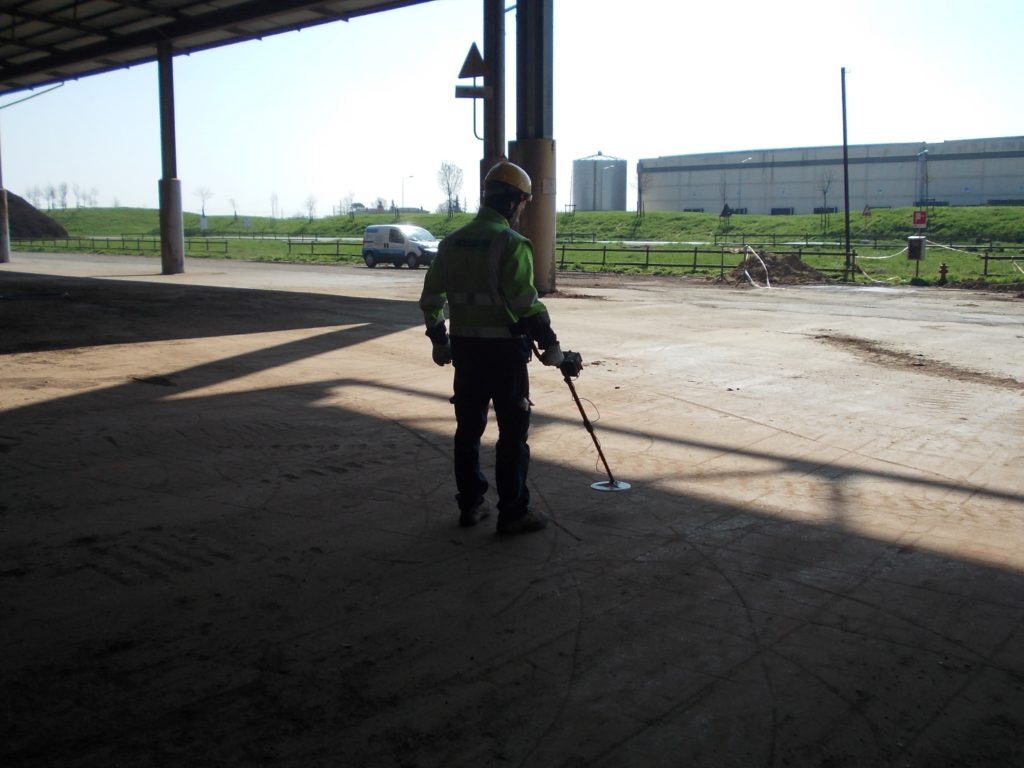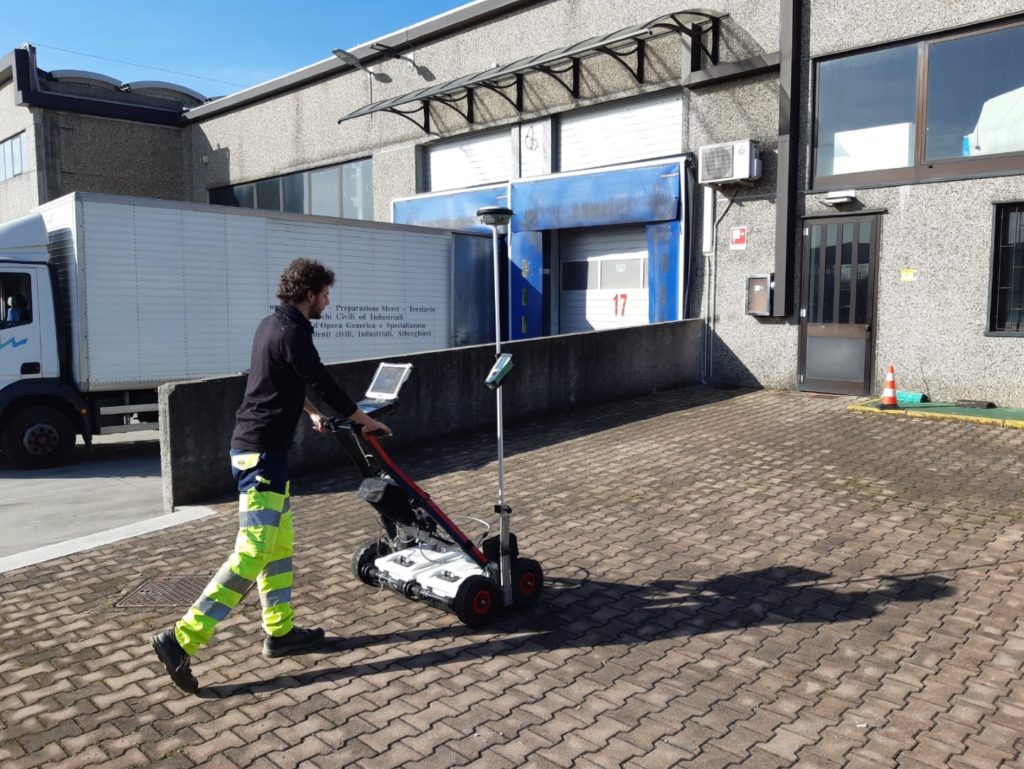The construction and/or updating of plants within active industrial sites are complex processes and there are many critical issues to be evaluated. In particular, the new partially or completely underground structures should be designed taking into account all possible interferences already present in the subsoil. In this kind of projects over time it has occurred that an initial higher expenditure for the study of the subsoil always leads to lower costs for unexpected scenarios in the construction phase.

Intervening in brownfield contexts can present many critical issues and it is very important to analyze interference in the subsoil to avoid problems emerging only during construction. There are various non-invasive geophysical methodologies to build a model of the factual state of the subsoil, including geoelectric, electromagnetic, magnetometric and gpr methods. All these technologies produce models based on the variation of specific physical properties and on the interpretation of anomalies of these propeties. These methods should always be used in combination to overcome the technological limitations that characterize them if used individually.

The results obtainable thanks to the geophysical methodologies can be harmonized and integrated within a single subsoil model, preferably three-dimensional and georeferenced. In particular, georeferencing is fundamental to make information usable in all design and construction phases. The ENVIA technical team has a specialized training in geophysics with a robust experience in brownfield contexts. We directly carry out data acquisition with proprietary instrumentation and use the most modern processing and interpretation software. Our interventions are carefully planned based on the characteristics of the site and the client’s project to identify the most suitable technologies to produce the expected results. Our outputs are always presented in a usable way and can be integrated into the project flow.
